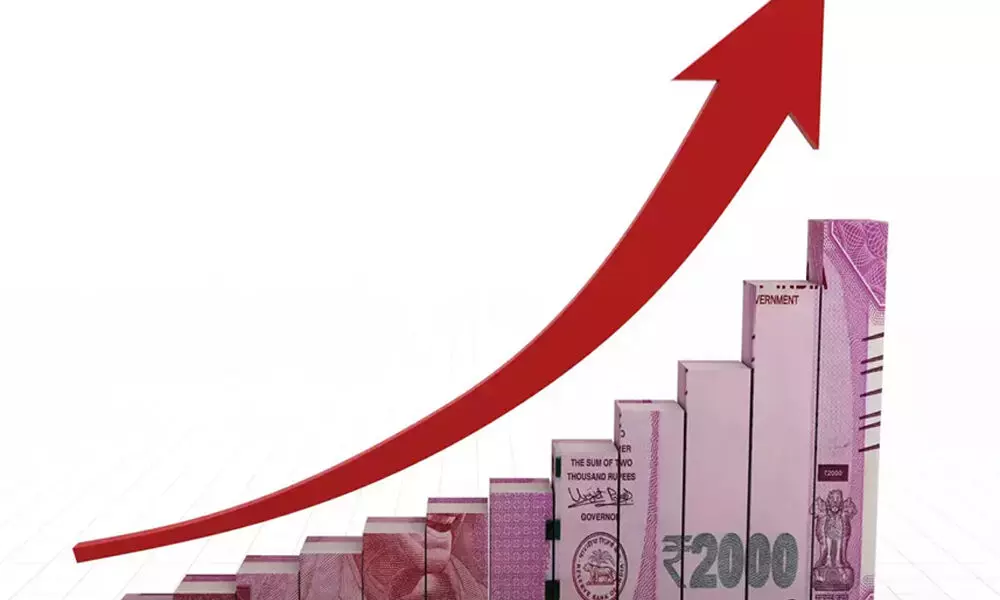Centre should take more steps for boosting credit growth
Even as the national rollout of the vaccine against Covid-19 on January 16 might has marked a red-letter day in the history of the country’s rejuvenating economic growth, it still appears that the worst is not over yet and it only helps increase fear psychosis of uncertainty among countrymen
image for illustrative purpose

Even as the national rollout of the vaccine against Covid-19 on January 16 might has marked a red-letter day in the history of the country's rejuvenating economic growth, it still appears that the worst is not over yet and it only helps increase fear psychosis of uncertainty among countrymen.
In its latest biannual Financial Stability Report (FSR) report, the RBI has warned that the gross non-performing assets (GNPA) of scheduled commercial banks (SCBs) may cross 13.5 per cent by September 2021. Not to mention that the figure was as low as 7.5 per cent in September last year and 5.7 per cent for the entire fiscal year 2019-20.
In what can be a matter of greater concern, the macro-stress tests for credit risk show that SCBs' GNPA ratio may escalate to as high as 14.8 per cent under the severe stress scenario by September.
Of course, FSR includes contributions from all the financial sector regulators and hence SCBs alone cannot be held responsible for the forthcoming scenario.
Nevertheless, banks have to take the prediction seriously. The reason is not far to seek. Bank credit growth (Y-o-Y), which had declined to 5.7 per cent in 2019-20, continues to remain sluggish. In contrast, deposit has grown in double digit, reflecting precautionary saving in the face of high uncertainty.
The report has revealed some positive number of the banking sector, too. Return on assets (RoA) and return on equity (RoE) for SCBs have improved across all bank groups and capital to risk-weighted assets ratios (CRARs) improved by 110 bps over March 2020 levels to 15.8 per cent in September 2020. The overall provision coverage ratio (PCR) improved substantially to 72.4 per cent from 66.2 per cent over this period.
Soothing news is pouring in from other financial sectors, too, which have resulted in the GDP rate forecast at -7.7 per cent for the current fiscal by NSO.
Now, there are two cents for the government. First, let us have the Budget for the next fiscal sans new tax. Then, there is a need to provide some sort of incentive to the ailing manufacturing sector.
We must keep in mind that going forward the economy will have slow growth, rather than V-shaped one as it is being widely talked about. So, the best thing the government can do is to take steps so as to boost credit growth by allaying the fear of uncertainty from the consumers' mind.

